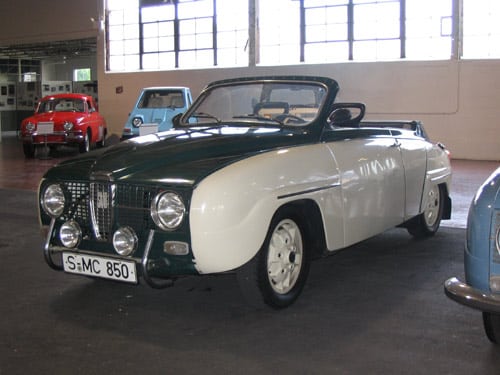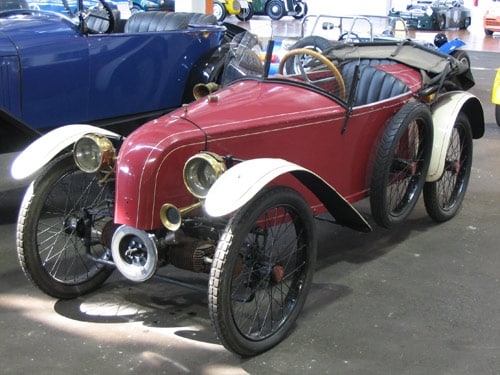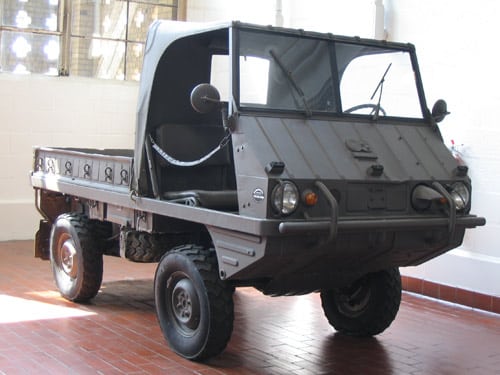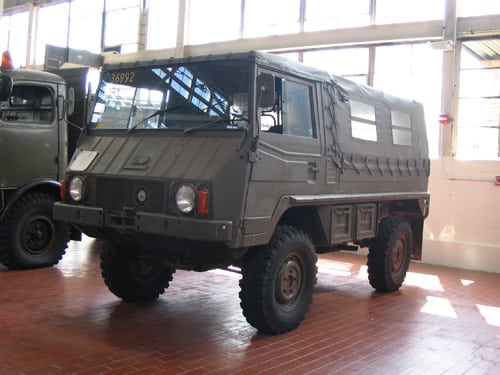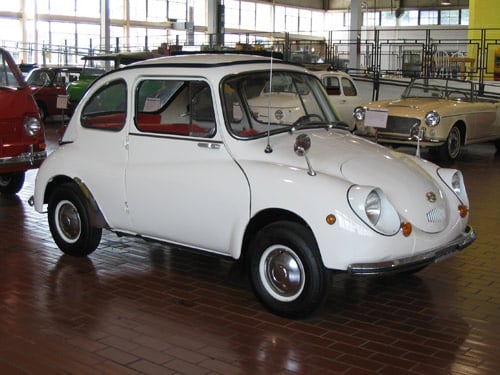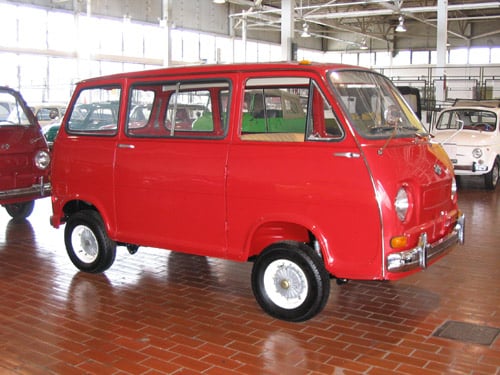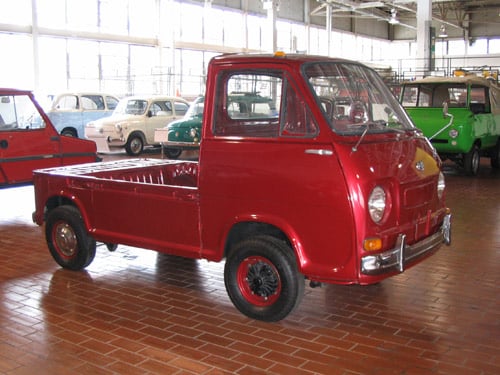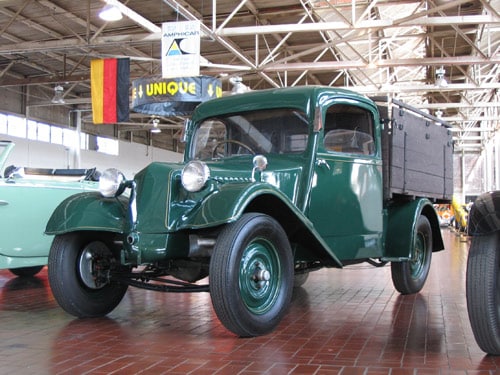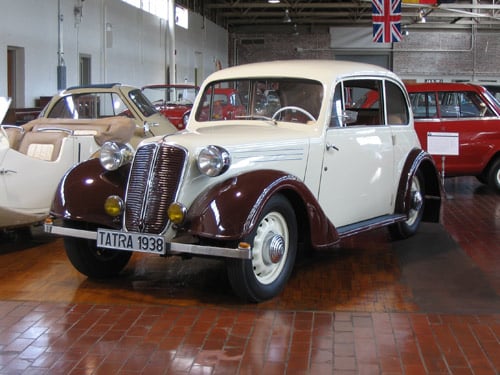Saab 96 Roadster- 1967
The Saab 96 was presented at a Stockholm press conference on February 17, 1960. It was well received and proved popular. In 1967, Saab considered making the 96 model as a convertible. The factory had six cars made by a special body maker and then decided the demand might not warrant the extra tooling costs. […]
Saab 96 Roadster- 1967 Read More »

